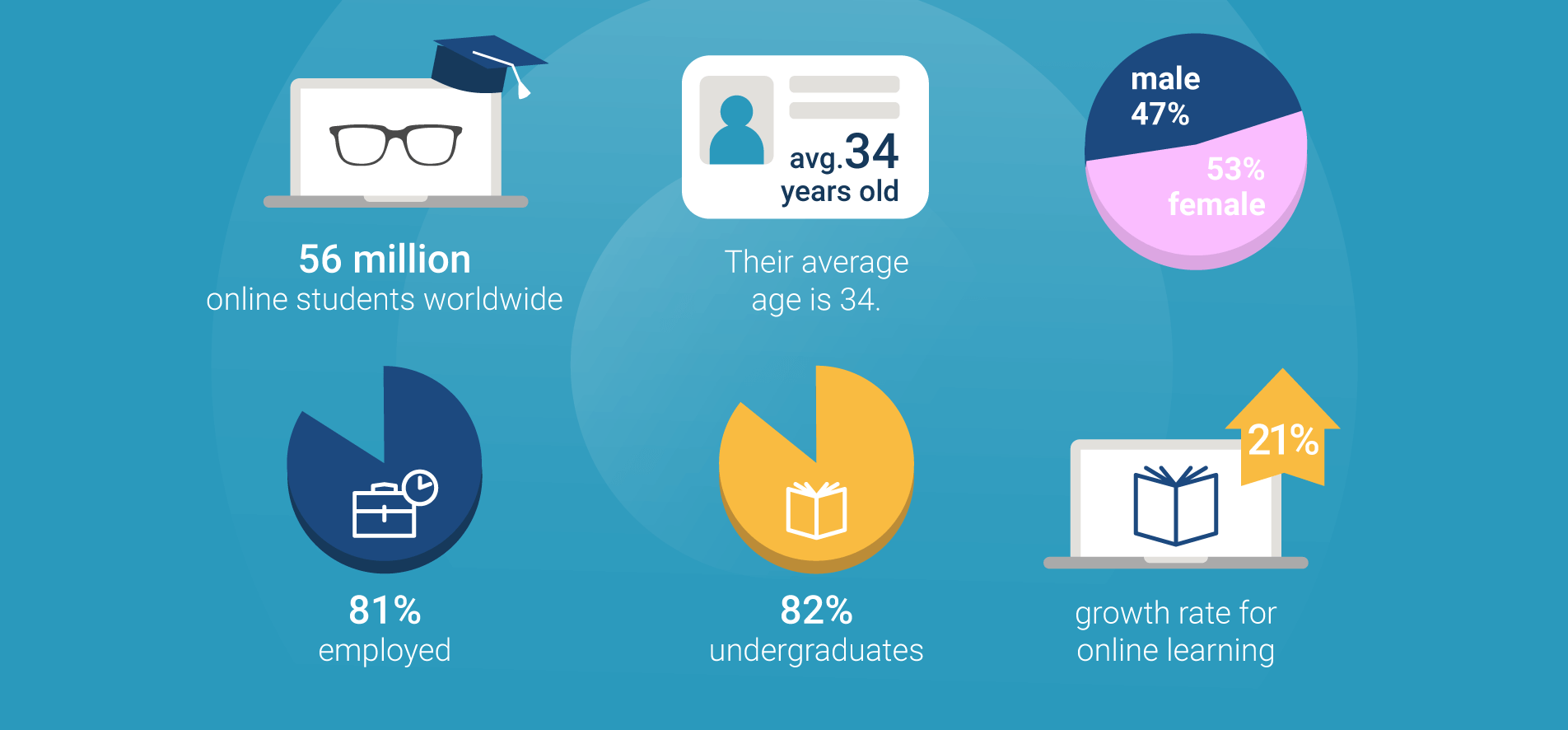Recognizing the Difficulties: Why Pupils Locate Stats Difficult and How Tutoring Helps
Data offers various difficulties for pupils. The intricacies of foundational principles, coupled with complex terms, often lead to misconceptions. Misinterpretations can stem from cognitive predispositions, particularly in distinguishing connection from causation. Customized tutoring arises as a feasible remedy, using tailored instruction that addresses individual learning requirements. As trainees navigate these obstacles, they may discover that the right assistance can change their understanding and attitude in the direction of the subject. What other advantages might this method offer?
The Intricacy of Statistical Principles
Statistical principles are vital for information analysis, their intricacy commonly positions significant difficulties for students. Numerous trainees struggle to comprehend fundamental ideas such as probability, circulations, and theory screening. These concepts need not only mathematical abilities but likewise an understanding of their real-world applications, which can be unintuitive and abstract. Using jargon and technological language further complicates the discovering process, making it tough for students to link theory with practice. Furthermore, the interaction in between various statistical techniques can bring about confusion, specifically when establishing the appropriate technique for a given dataset. As students try to browse these detailed ideas, they may come to be overloaded, resulting in irritation and disengagement. This complexity necessitates effective teaching techniques and encouraging sources, such as tutoring, to assist pupils develop self-confidence and achieve a deeper understanding of stats. Identifying these difficulties is the initial step toward facilitating much better instructional end results in the field.
Difficulties in Information Interpretation
Information interpretation presents considerable challenges that can hinder precise analysis and decision-making. Students often have a hard time to attract significant verdicts from data as a result of a lack of familiarity with numerous analytical methods and tools. Misinterpretation can emerge from the frustrating quantity of details, resulting in complication about which metrics matter. In addition, cognitive biases may shadow judgment, causing trainees to favor information that confirms pre-existing beliefs instead of examining details objectively.
An additional difficulty hinges on identifying relationship from causation, a crucial principle that can alter understanding of partnerships within information sets. The visual representation of information, such as charts and graphs, can in some cases misguide if not translated correctly, resulting in imprecise conclusions. These barriers underscore the relevance of creating solid data analysis abilities, as they are essential for making informed decisions in both scholastic and real-world contexts. Efficient tutoring can supply the assistance required to overcome these hurdles and foster higher understanding.
The Duty of Likelihood in Statistics
Exactly how does chance shape the foundation of statistical evaluation? Possibility works as a vital device in data, enabling researchers to make inferences about populaces based on example information. By evaluating unpredictability, probability enables statisticians to estimate the likelihood of various results, facilitating decision-making processes. Probability distributions, such as the regular circulation, supply vital frameworks for comprehending data behavior and irregularity.
Moreover, principles like theory testing depend heavily on likelihood to determine the significance of outcomes (Online Statistics Tutoring). This interplay between probability and data assists in examining the validity of insurance claims and assisting additional research. Understanding chance is vital for translating statistical results precisely, as it aids to contextualize searchings for within their wider uncertainty. Consequently, a strong understanding of possibility principles furnishes trainees with the analytical skills required to tackle intricate statistical difficulties, fostering a much more extensive comprehension of the subject issue
Usual Misconceptions About Stats
What are some typical false impressions that commonly cloud the understanding of data? Many individuals incorrectly think that statistics merely includes numbers, overlooking its conceptual structures. Some presume that a little example dimension can generate trusted conclusions, overlooking the significance of depictive information. Another prevalent mistaken belief is the belief that relationship suggests causation, causing wrong analyses of connections between variables. Furthermore, several pupils believe that stats is entirely concerning calculations as opposed to acknowledging its function in data interpretation and decision-making. Others may watch statistics as a rigid discipline, stopping working to value its flexibility in different contexts. Misunderstandings about statistical significance, such as corresponding it with functional relevance, likewise add to confusion. These false impressions can prevent trainees' ability to realize analytical concepts effectively, commonly causing aggravation and anxiety when involving with the topic. Resolving these misconceptions is necessary for promoting a more thorough understanding of stats.
The Advantages of Customized Tutoring
Personalized coaching deals significant advantages for trainees dealing with stats, as it tailors instruction to private knowing styles and needs. This tailored approach allows tutors to recognize particular locations of problem and adapt their mentor strategies as necessary. By focusing on the one-of-a-kind difficulties each trainee deals with, individualized tutoring fosters much deeper understanding visit homepage and retention from this source of analytical ideas.
Furthermore, individually interaction offers students with the chance to ask inquiries easily and obtain immediate comments, enhancing discovering performance. Personalized tutoring also assists develop self-confidence, as students progress at their very own rate without the pressure of a classroom atmosphere.

Regularly Asked Concerns
What Anticipation Is Required Before Examining Statistics?
Prior understanding in basic maths, consisting of algebra and math, is important before researching stats. Familiarity with principles such as features, variables, and data interpretation significantly enhances understanding and application of analytical principles in real-world situations.
Just How Does Technology Effect Understanding Data?
Modern technology boosts discovering statistics by supplying interactive tools, simulations, and visualizations that make clear ideas. Online platforms enable collective understanding and access to resources, fostering a deeper understanding of analytical methods and motivating engagement amongst pupils.
Are There Particular Research Study Strategies for Learning Data?
Effective research strategies for understanding data include active exercise with analytic, utilizing visual aids, forming study teams for collaborative understanding, and using real-world examples to improve understanding and retention of analytical ideas.
What Occupations Need Solid Analytical Abilities?
Careers calling for solid analytical skills include information analyst, statistician, actuary, market scientist, and epidemiologist. These occupations utilize analytical methods to analyze information, inform decisions, and fix complex troubles across various markets, enhancing overall analytical capacities.
How Can Group Research Sessions Assist With Data?
Team research study sessions boost understanding of stats by promoting joint analytic, enabling diverse point of views on complicated ideas, and fostering an encouraging setting where students can clear up doubts and strengthen discovering with conversation and shared resources. AP Statistics Help.
